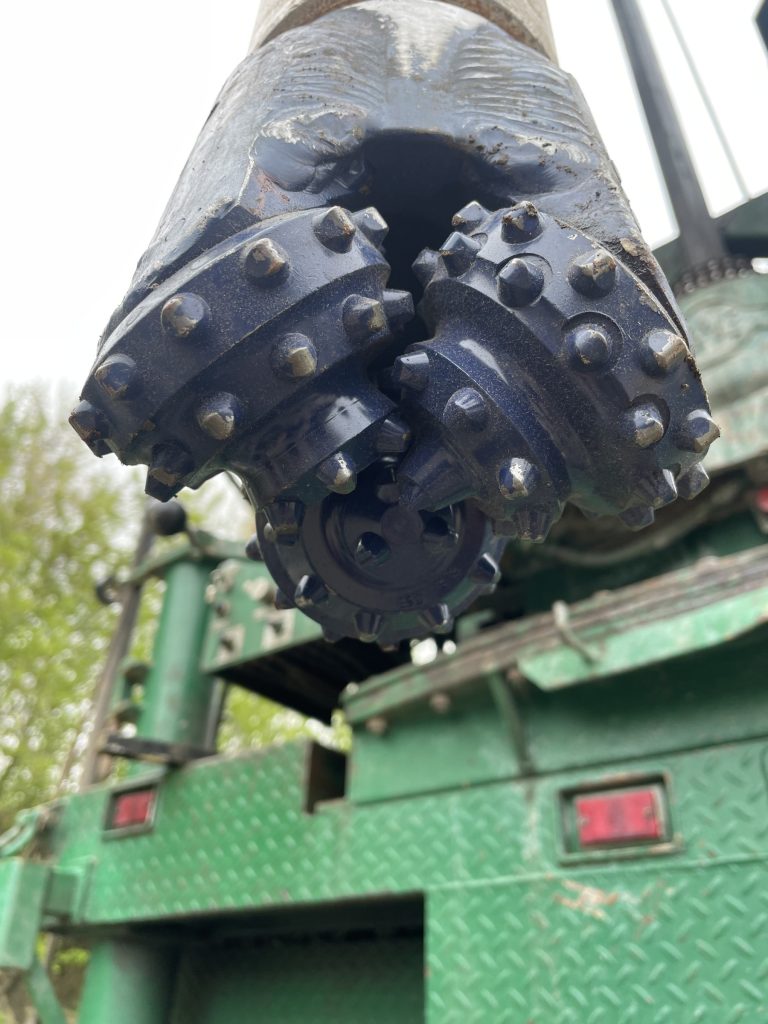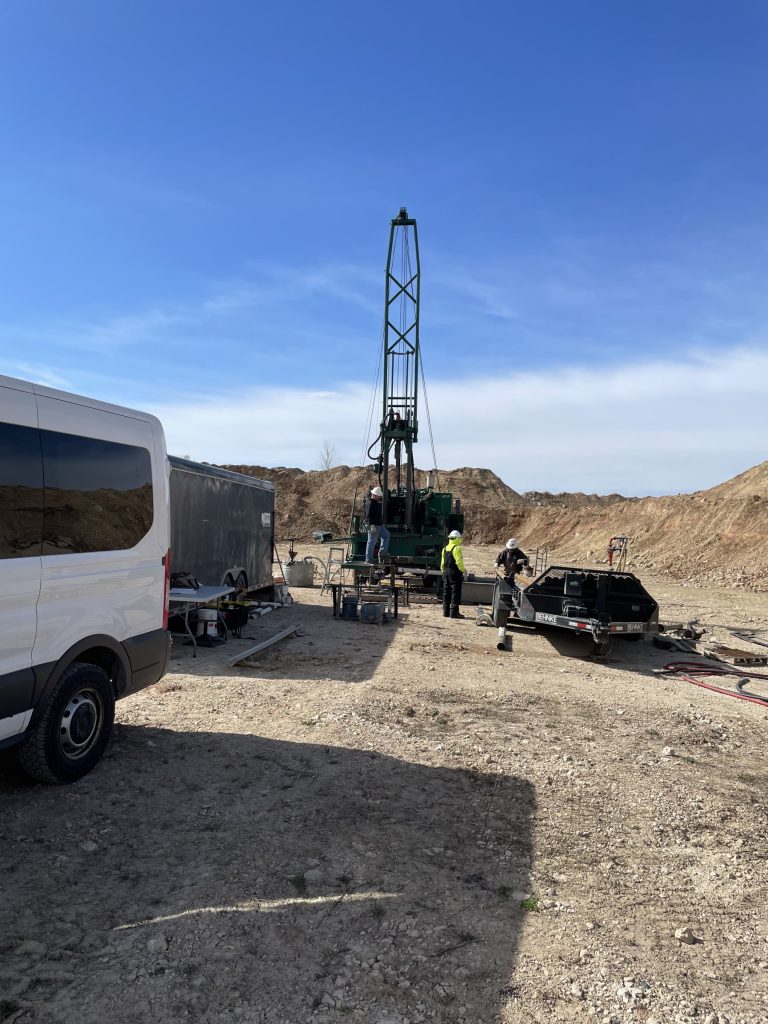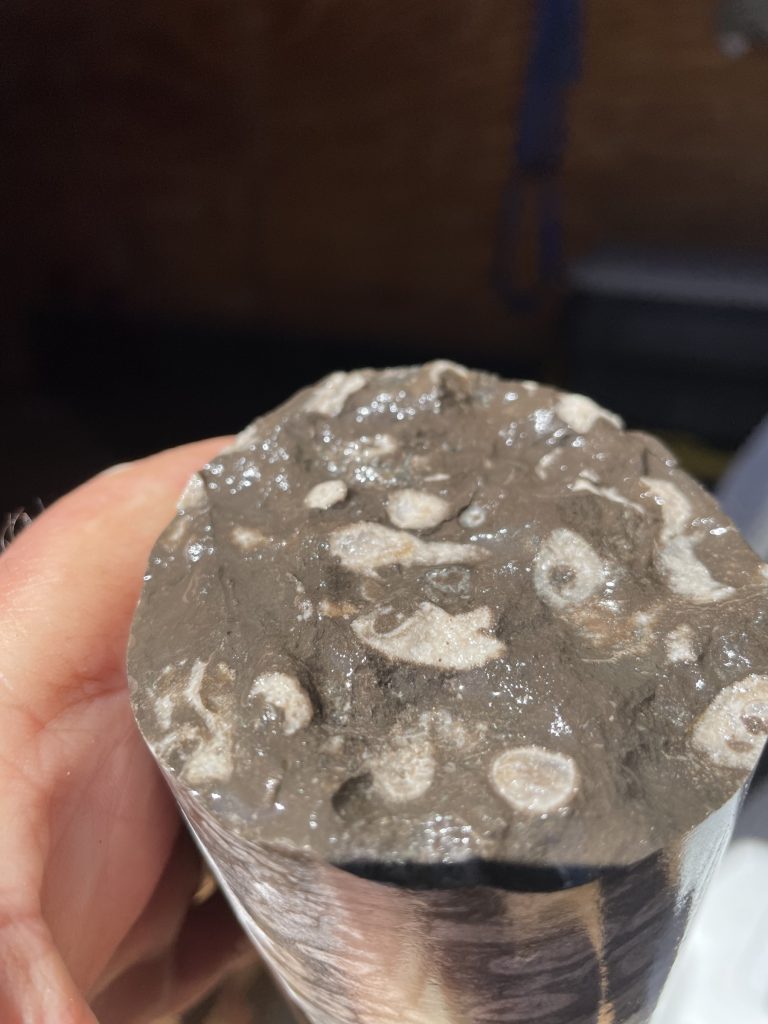The Maquoketa Group is a rock formation made up primarily of shale and can be found in southeastern Wisconsin. The formation lies between two of the area’s largest aquifers, working as a low-permeability barrier to water flow—stopping water from flowing freely between the aquifers. And, we don’t exactly know how big it is.
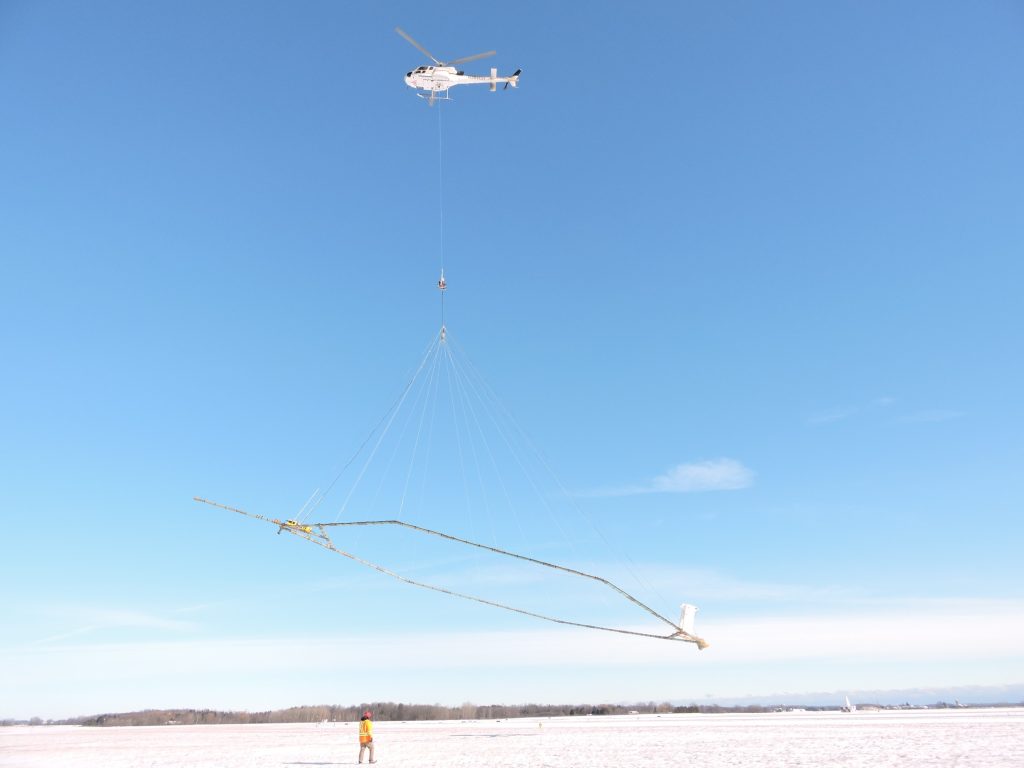
Because it lies between two of the most important water sources in the area, mapping the Maquoketa shale is vital in knowing how that water moves underground, allowing land use planners to make more informed management decisions.
“We know the Maquoketa shale provides separation between the shallow Silurian dolomite aquifer and deeper aquifers along the entire eastern edge of Wisconsin,” WGNHS hydrogeologist David Hart said. “Knowing the degree of separation between these aquifers is important for many water supply questions.”
However, it’s a challenge to actually figure out the extent of this rock layer.
“The Maquoketa Group is entirely buried underneath younger layers of rocks and sediments, so we can’t directly observe it,” said Esther Stewart, a bedrock geologist at the Wisconsin Geologic and Natural History Survey (WGNHS) and principal investigator of the Maquoketa subsurface mapping project.
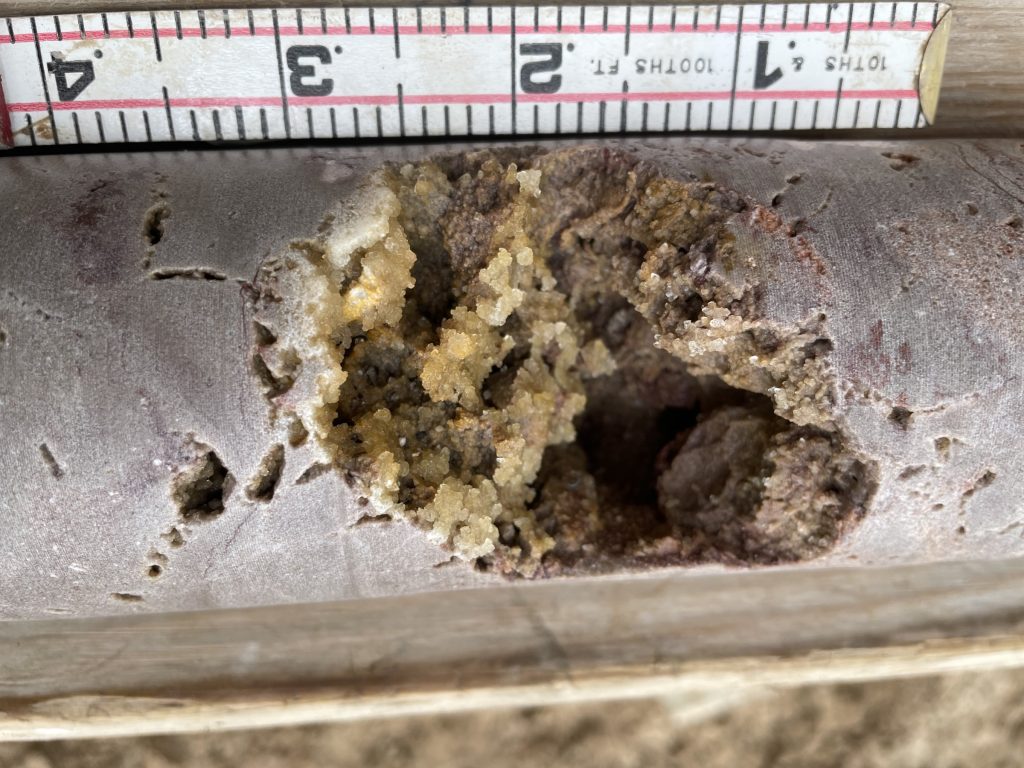
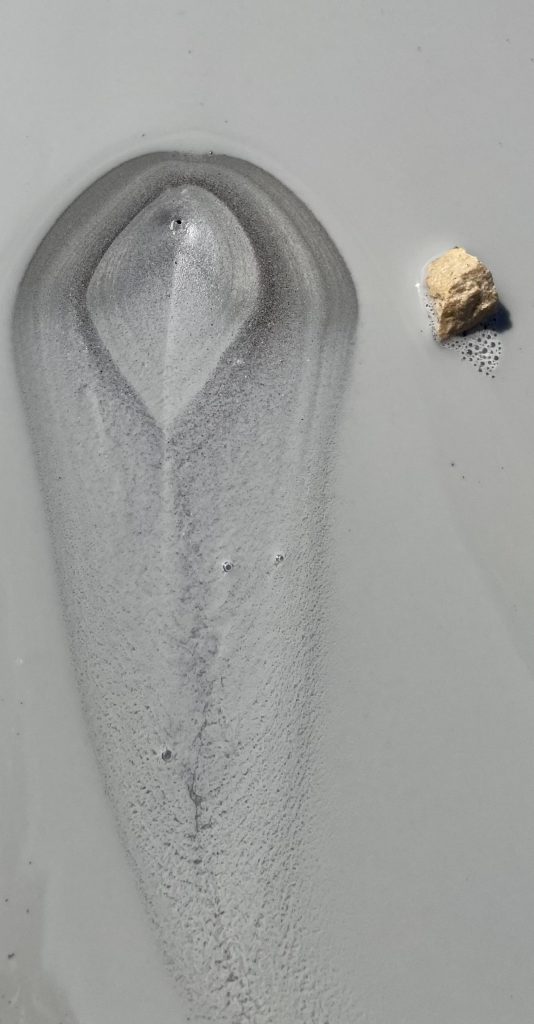
Stewart and a number of other WGNHS researchers are using a wide variety of techniques to map this hard-to-reach formation—gathering data from both the air and the ground, using a combination of wells and geophysics in order to define the borders and thickness of the shale.
Hart works with the airborne electromagnetic (AEM) data, which was collected using a helicopter flying 200 feet off the ground, to measure how well the earth below conducts electricity. This can then help to differentiate areas with the Maquoketa shale from the aquifers.
WGNHS compared this data with data gathered from the ground. “We know that shales are good conductors and dolomites are poor conductors,” Hart said. “We wanted to directly compare that electrical data to actual rocks, so Esther had rock cores drilled at locations where we had the AEM data.”
The collection of rock cores and borehole geophysical data was facilitated by WGNHS hydrogeologist Pete Chase. The data collected from the boreholes includes a variety of measurements, such as gamma radiation, flow velocity, and conductivity.
“All these logs help to characterize the lithology and groundwater encountered in the core hole,” Chase said. “That data is used to correlate between these two very well-documented core holes and other wells where we do not have core or even drill cuttings to examine.”
Using all of this information, WGNHS will be able to map the shale and paint a clearer picture of how vital water moves in the state of Wisconsin.
